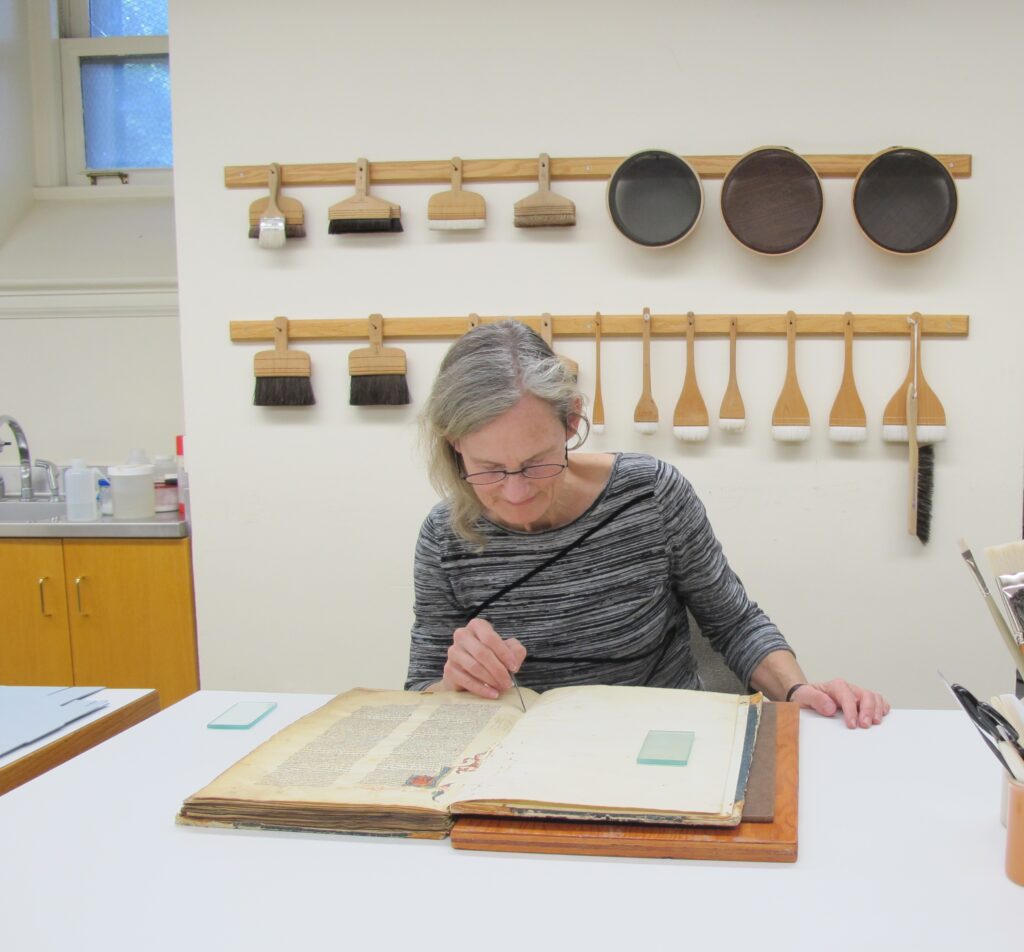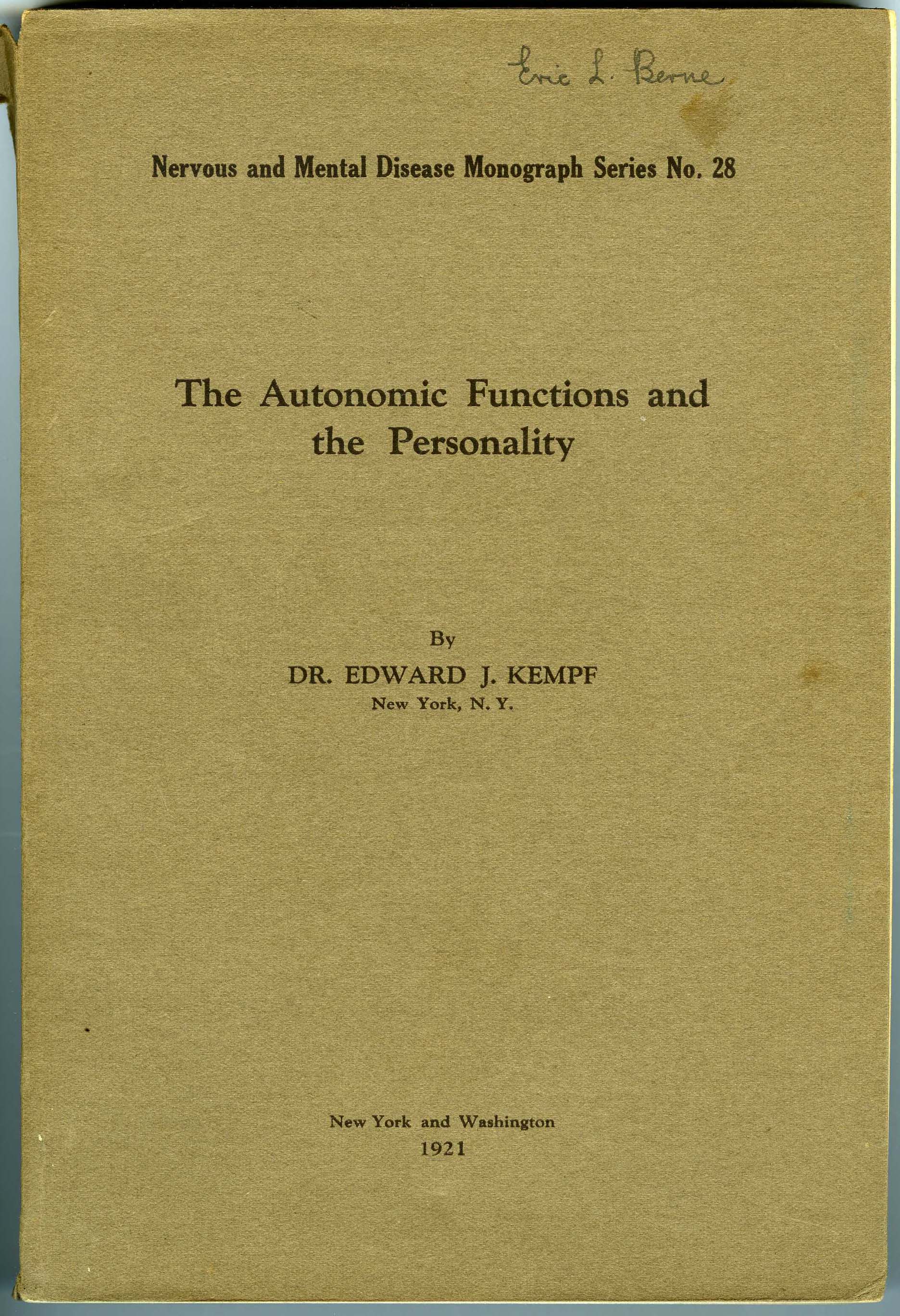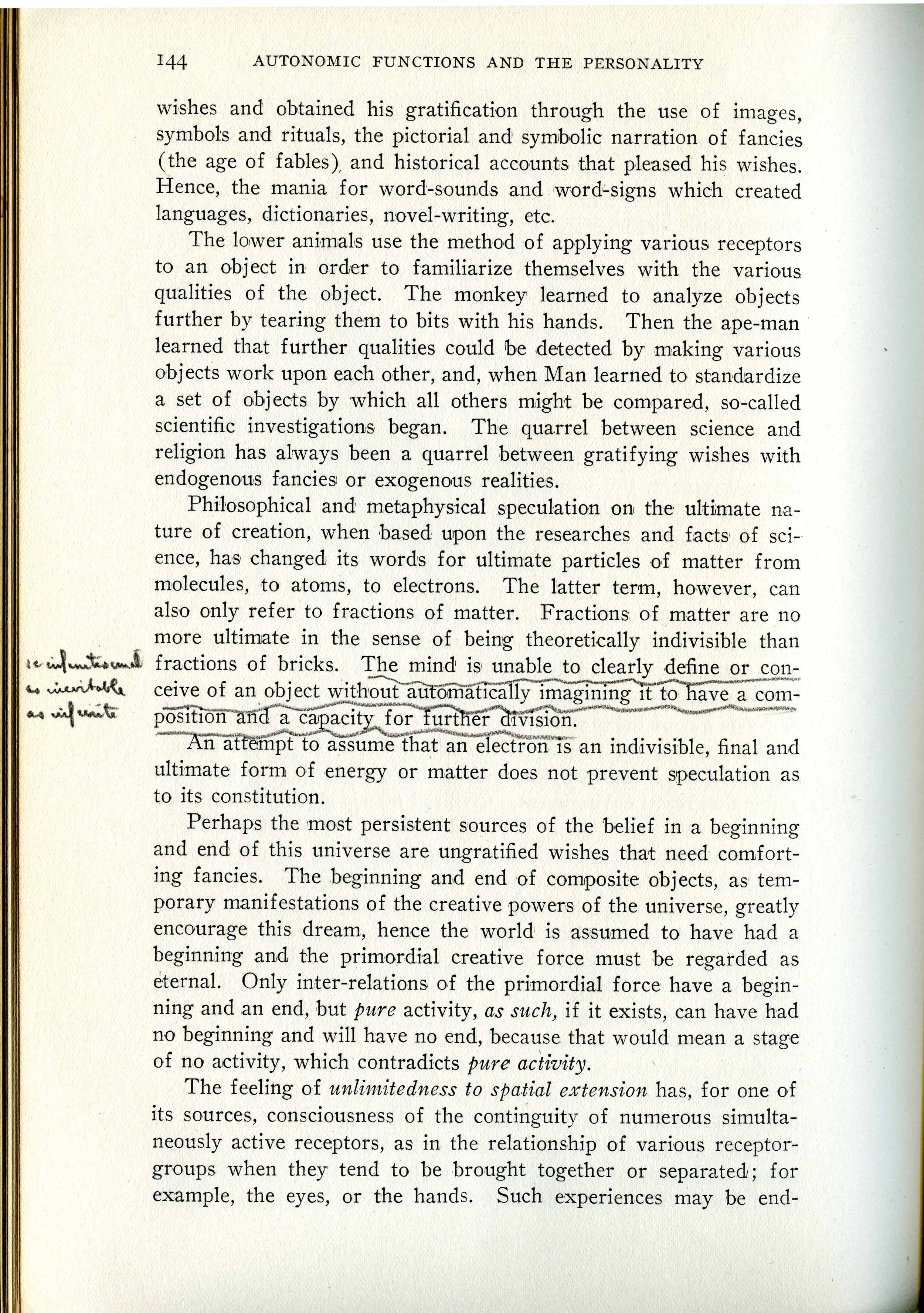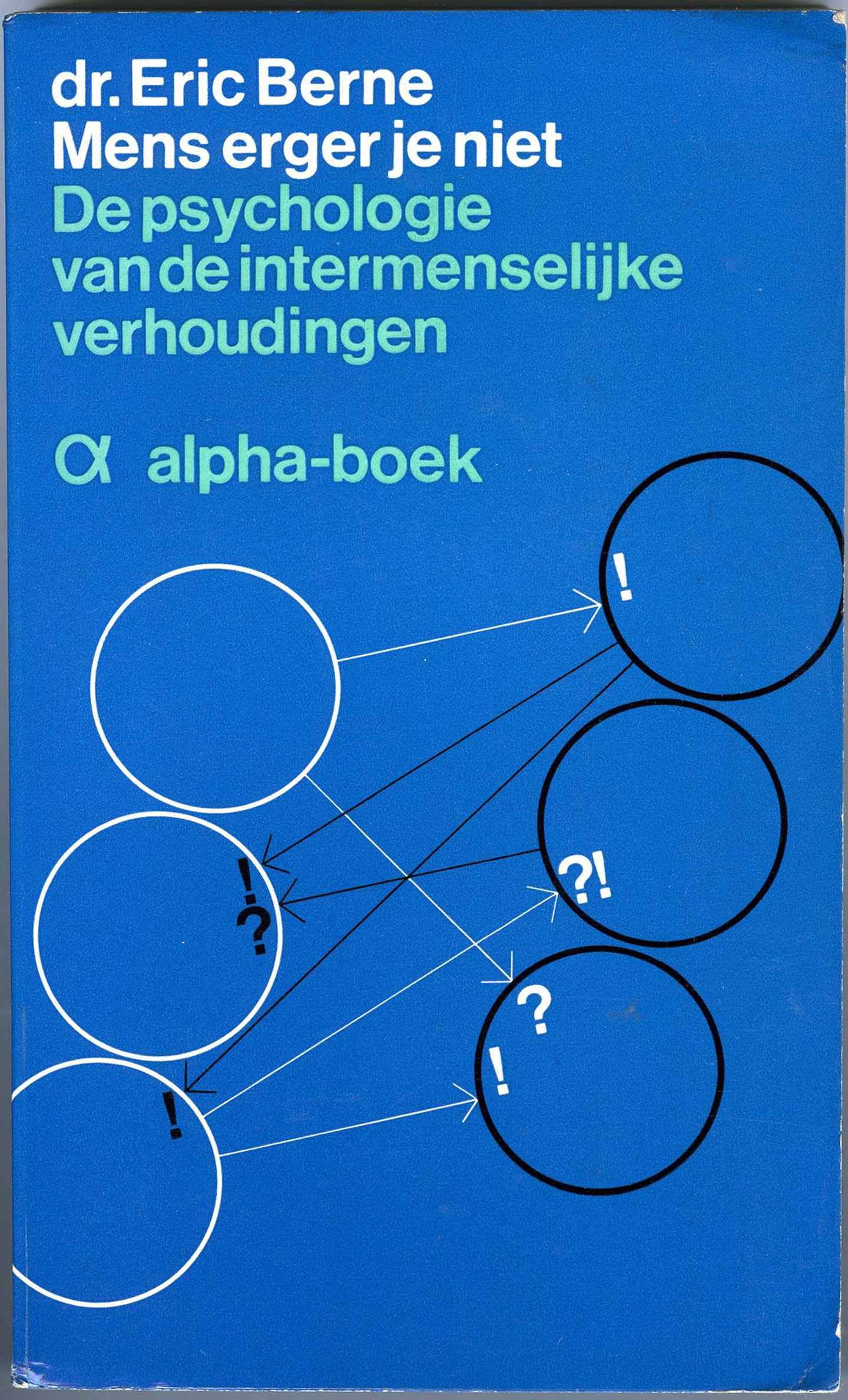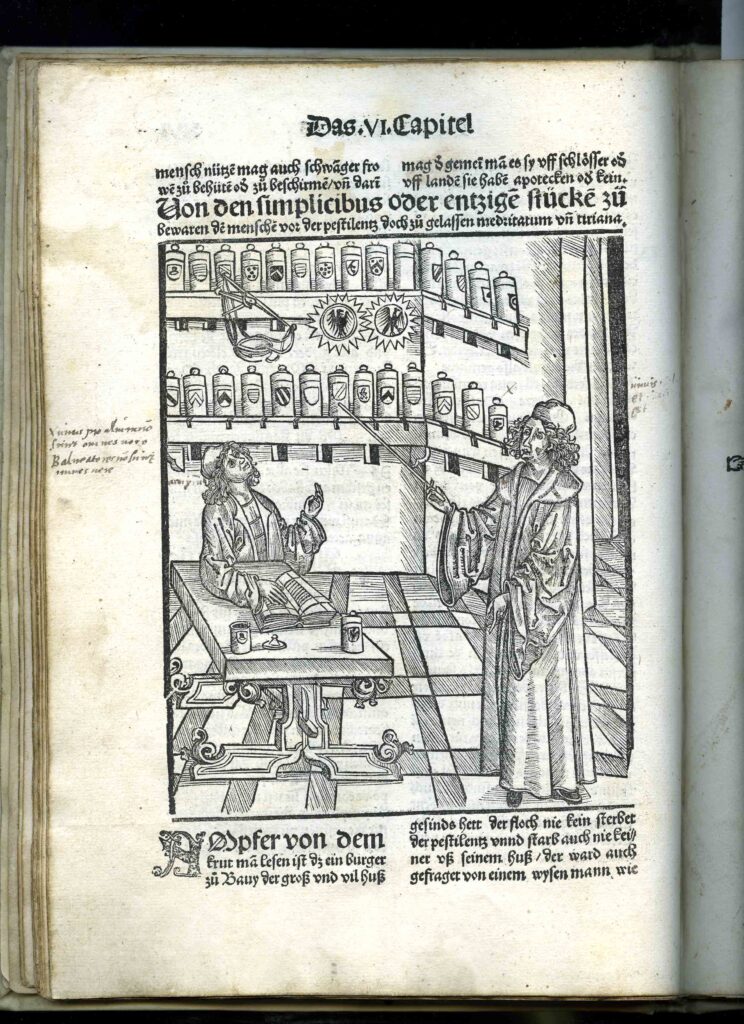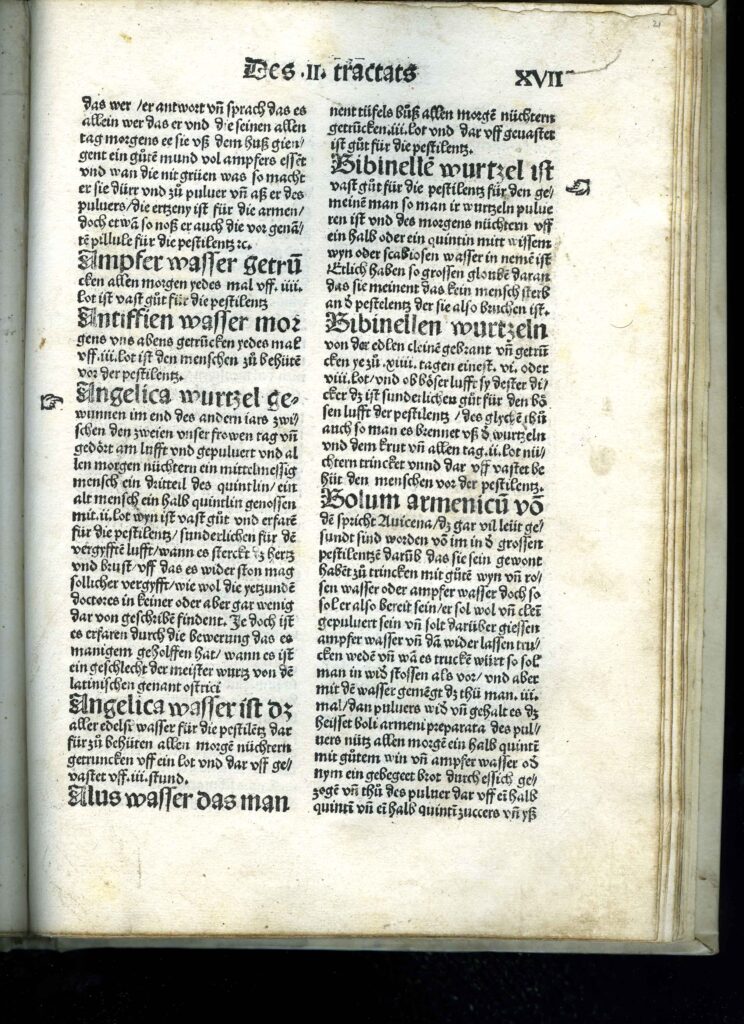The UCSF Archives & Special Collections would like to announce the opening of the new exhibit, “Eric L. Berne Archive: The Birth of Transactional Analysis.” This exhibit marks the conclusion of the first phase of the Eric Berne Archive Processing project.
Eric L. Berne (1910-1970) was a practicing psychiatrist, lecturer and author. Best known for his development of the theory of Transactional Analysis, Berne published dozens of scholarly articles in the field of psychoanalysis and was the author of eight major books, including the bestseller Games People Play.
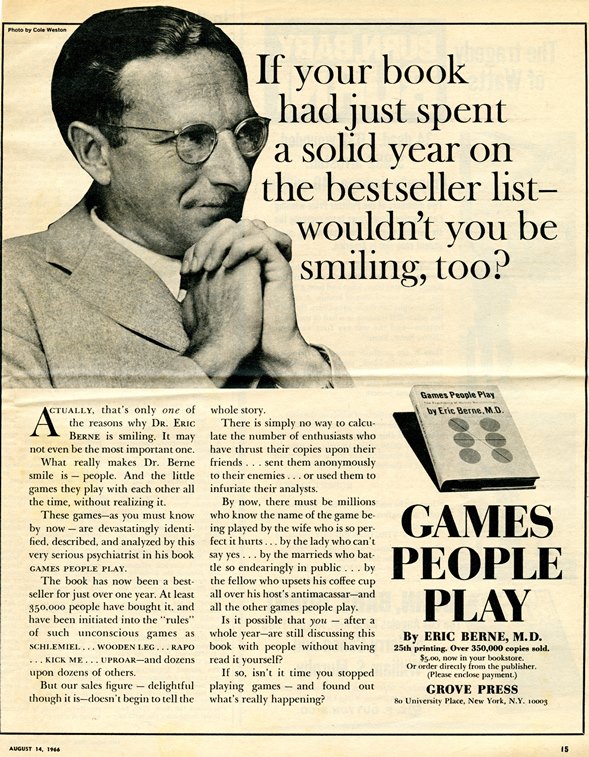
Advertisements for Games People Play, the New York Times Book Review, August 14, 1966. Eric L. Berne papers, MSS 2005-08, box 4, folder 21 UCSF Archives & Special Collections.
The materials in the Archive were created by Dr. Berne (1910-1970) and by the organizations he founded: the San Francisco Social Psychiatry Seminars (SFSPS) and the International Transactional Analysis Association (ITAA). The Archive holds Berne’s personal and professional papers, including correspondence, writings, notes, conference programs, administrative records, photographs, and audio-visual recordings.
In the past nine months (September 2013-May 2014) project archivist, Kate Tasker has been working diligently to process six existing collections and two recently added accessions. As a result of this effort six detailed finding aids for the Eric Bern Archive consisting of 77 boxes or 41.8 linear feet were added to the Online Archive of California. Kate also organized and compiled an inventory for the Eric L. Berne Rare Book collection that includes over 300 books from Berne’s personal library and copies of his published works. With the help of our cataloger, Bea Mallek, these volumes were added to the UCSF Library catalog and can be consulted in the Archives & Special Collections reading room.
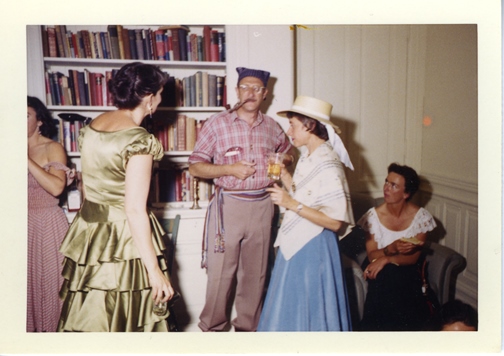
Costume party, August 1959.Eric L. Berne papers, MSS 82-0, box 2, folder 10 UCSF Archives & Special Collections.
Another important achievement was the digitization of more than 400 unique documents, containing Eric Berne correspondence (including letters from significant figures such as Alfred C. Kinsey, Paul Federn, and Karl Menninger), writings, educational records, lecture drafts, announcements and publications from the SFSPS and the ITAA as well as photographs. The Eric L. Berne digital collection, an educational portal containing information about Eric Berne, his studies and writings is now accessible to researchers and general public worldwide.
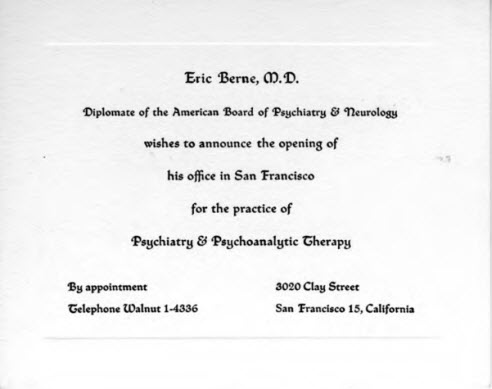
Announcement card for the opening of Berne’s San Francisco office, undated. Eric L. Berne papers, MSS 2003-12, box 3, folder 4, UCSF Archives & Special Collections.
The exhibit highlights selected artifacts, photos and documents from the Eric L. Berne Archive at UCSF.
The visitors will be able to view Berne’s correspondence concerning the design and promotion of the board game “Games People Play” and a fully intact game set, edited typescript of his first book The Mind in Action, his glasses, an announcement about the opening of his practice in San Francisco, a selection of English and foreign language
editions of his book Games People Play and numerous photographs.
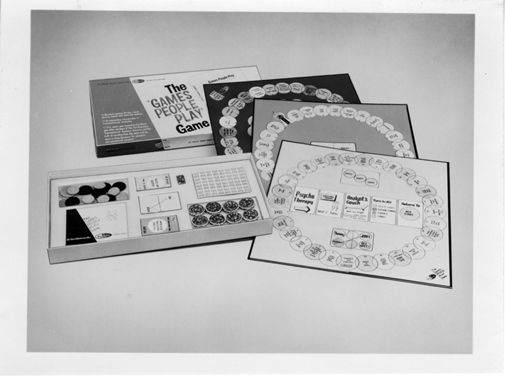
Photograph of the components of the Games People Play board game, based on Eric Berne’s best-selling book of the same title. Eric L. Berne Papers, 1929-1970, MSS 2005-08, box 4, folder 20, UCSF Archives & Special Collections.
The Eric L. Berne Archive is housed in the UCSF Archives and Special Collections. Detailed processing and digitization for these materials were made possible by generous support from 23 TA Associations worldwide and many individual donors through the ITAA. The UCSF Archives will continue working with the ITAA and its supporters to secure funding for the digitization of additional items.
Please view the online companion for this exhibit on the UCSF library website.
The exhibit will be on view on the 5th floor of the Parnassus Campus Library, beginning August 8th, 2014.
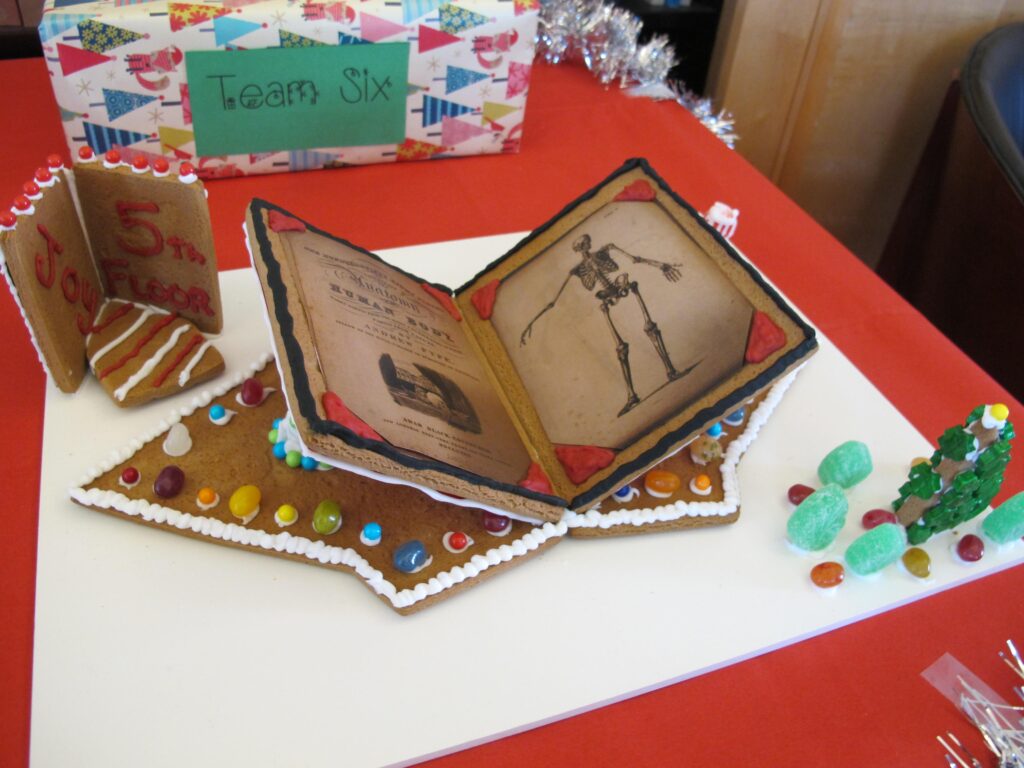

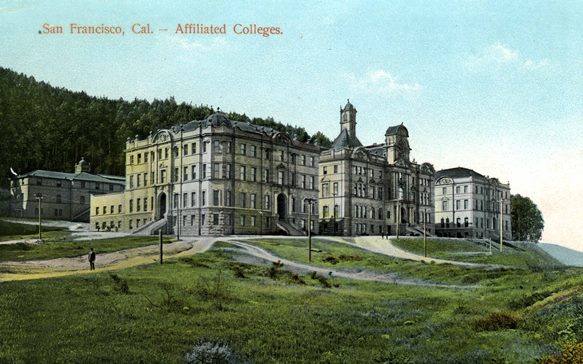











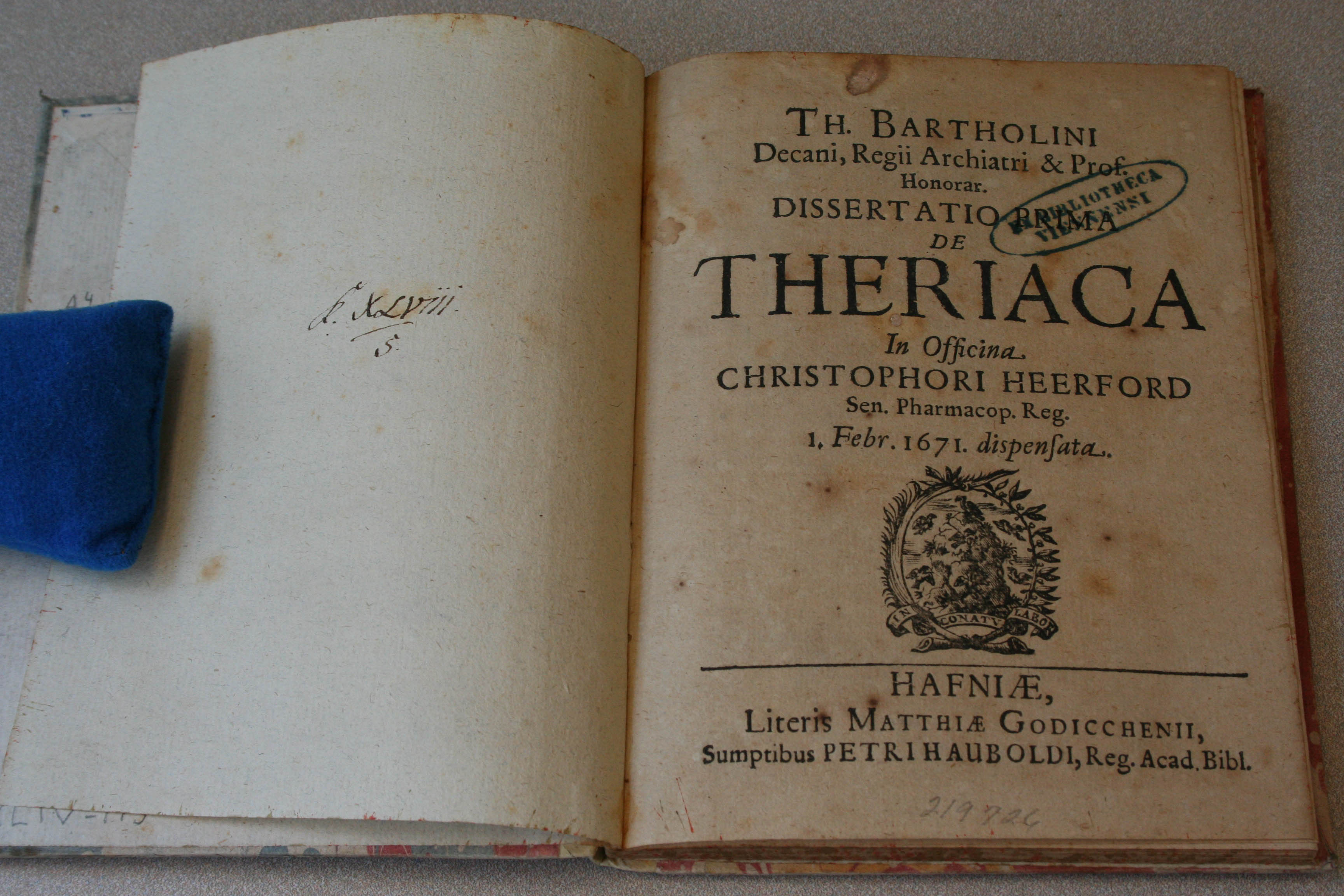
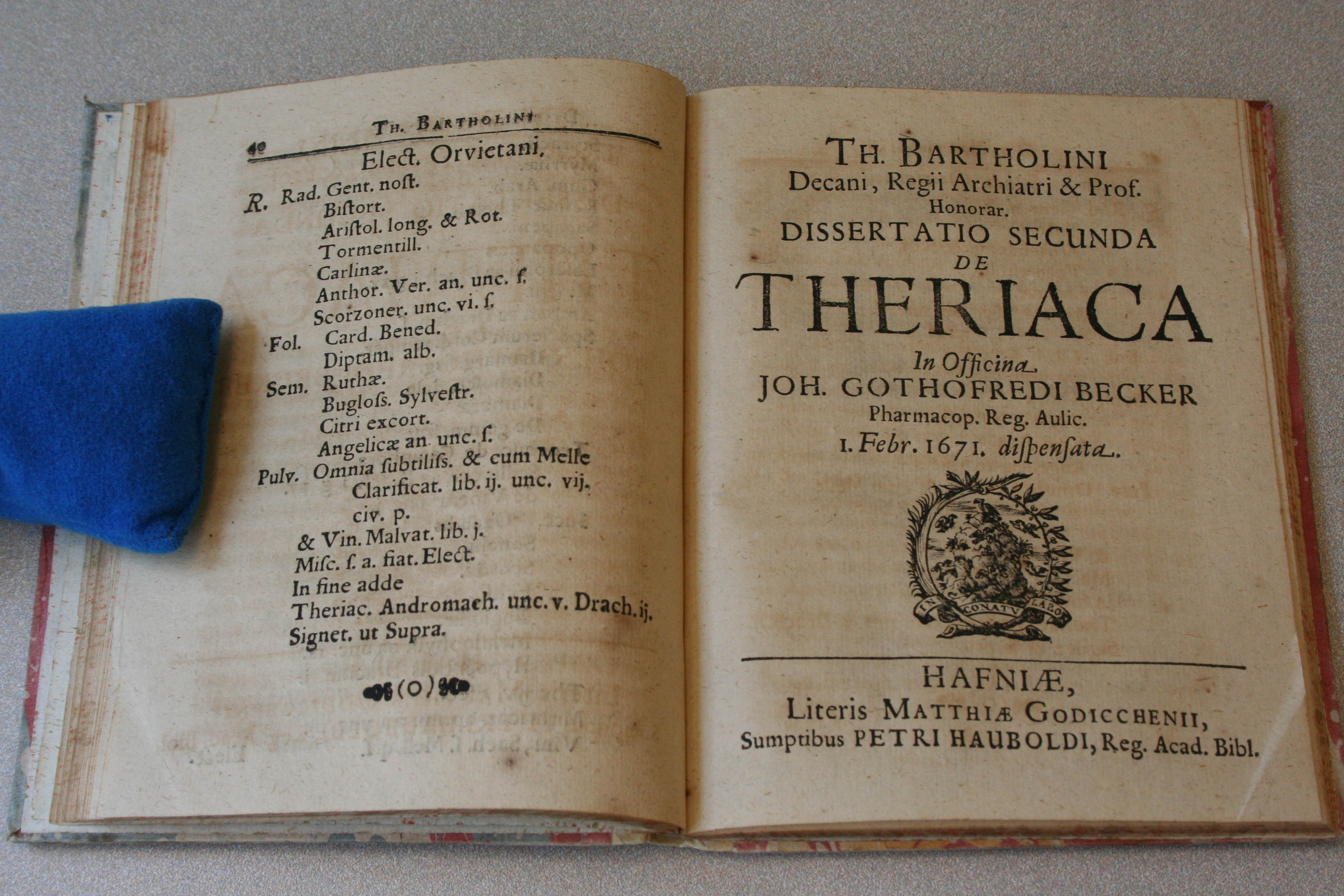
![Dissertatio primae [et secunda] de theriaca in officina Christophori Heerford, 1671](/wp-content/uploads/2014/07/Bartholin_3.jpg)
